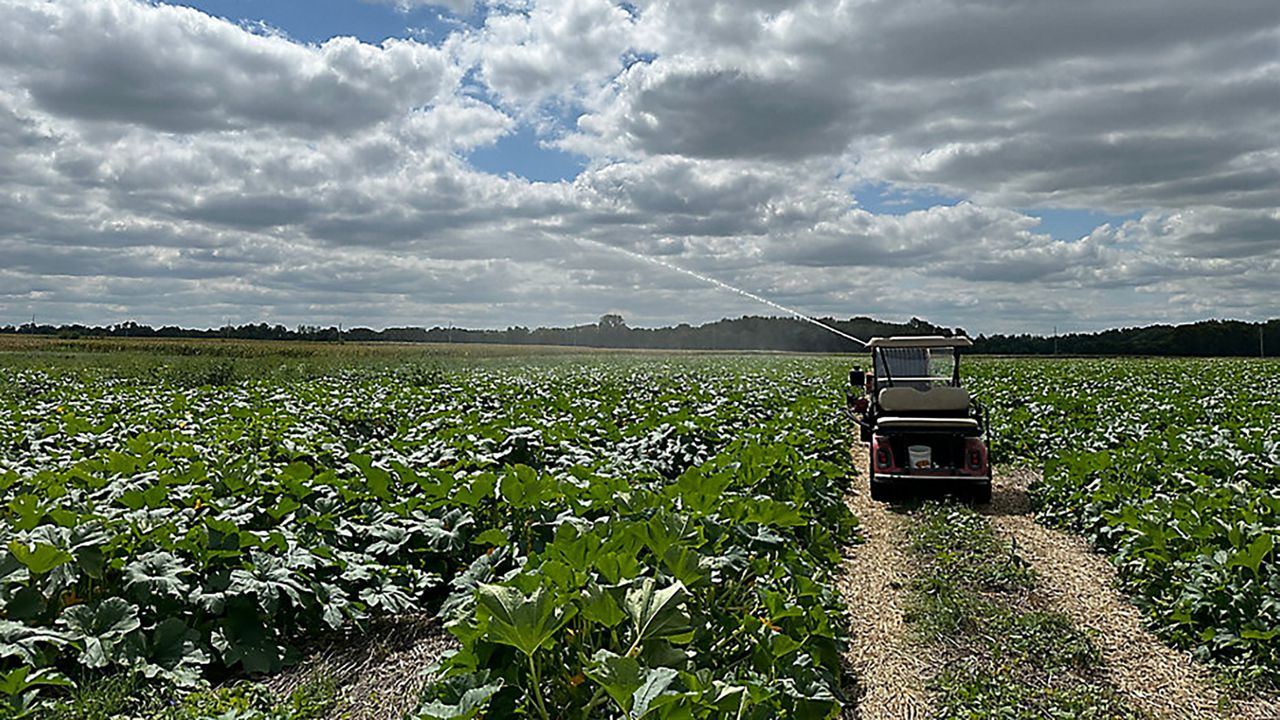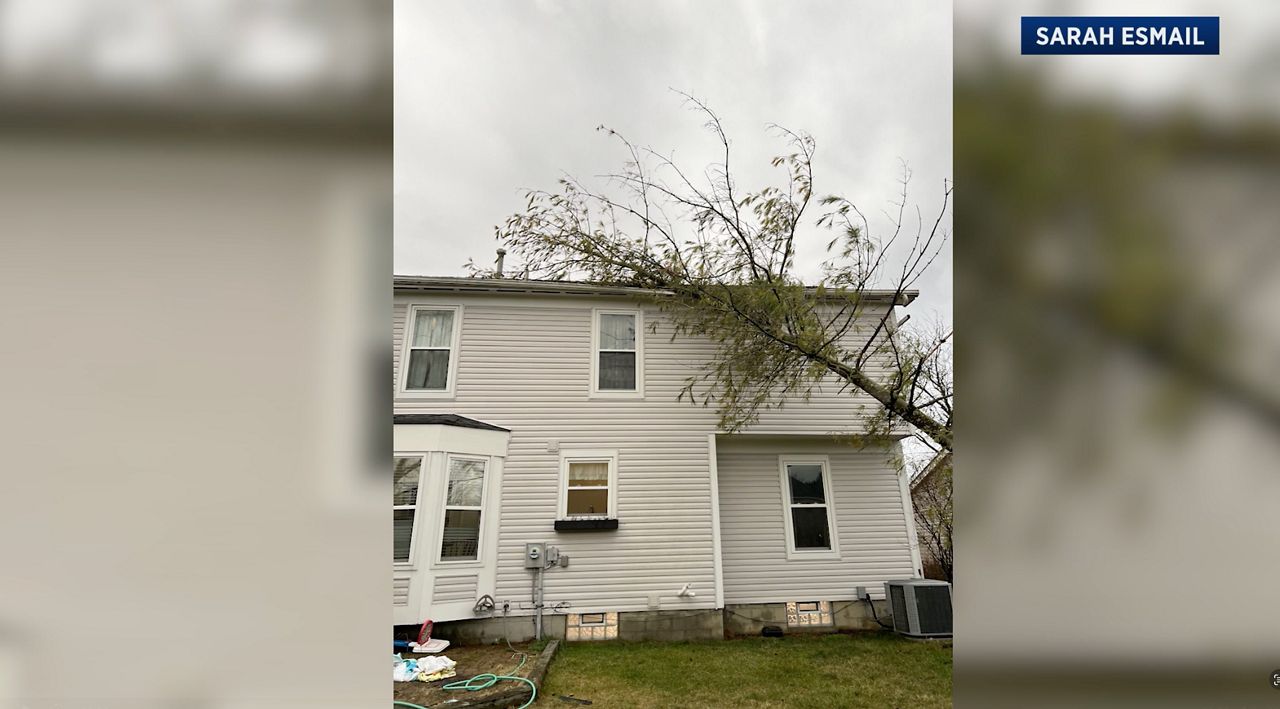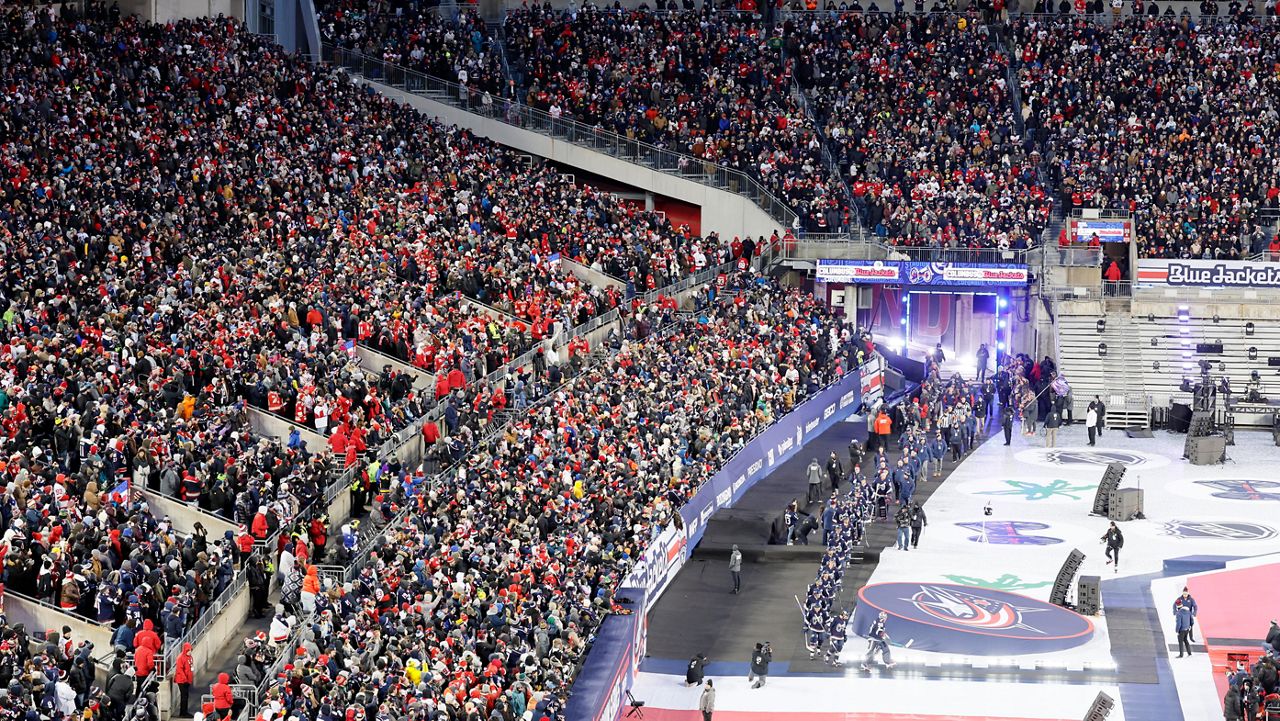OHIO — "Urban heat islands" are described as a significant temperature difference in urban areas versus rural areas, according to the U.S. Environmental Protection Agency. Some Ohio cities fall under this term, according to a climate organization.
Temperatures are supposed to get pretty high over the next couple days, with a heat index of 100 degrees in some parts of the state.
While it’s common knowledge that weather changes from city to city, temperatures can also vary within your city. Ohio's major cities, like Columbus, Cincinnati and Cleveland, can be several degrees hotter than smaller towns surrounding them.
The Climate Central Organization recognizes a few different ways a city can be considered an “urban heat island."
- Cities have miles of hard, dark surfaces — like concrete and cement — which absorb and then radiate back into the cities
- Cities that have a high population density, promoting heat emissions, which can come from transportation, industrial facilities and the heating or cooling of buildings
- The shape and height of buildings can have an effect by either trapping or dispersing heat
- A lack of vegetation, because plants can help cool the air anywhere from two to nine degrees, but many big urban cities lack trees
Numerous Ohio cities are under a heat advisory until Friday at 9 p.m. It’s likely that more urban parts of the state will need extra resources.
Columbus Recreation and Parks has extended their pool hours until Friday and encourages residents to take advantage of the libraries and rec centers to cool down. Cincinnati has made multiple cooling centers available and the city of Akron will extend the hours for four community cooling centers.
These are short-term solutions for the heat. The Climate Central Organization offers three solutions to urban heat:
- Planting trees because they can actually lower temperatures in their area
- Rooftop gardening because it added vegetation on the roof can provide extra shade and reduce roof temperatures
- Cool pavements can replace concrete and asphalt and are reflective and can help reduce surface temperatures
There are various organizations around the state that are working to fight urban heat, including the Columbus Climate Action Plan, Groundwork Ohio River Valley in Cincinnati and the Cleveland Tree Association.








